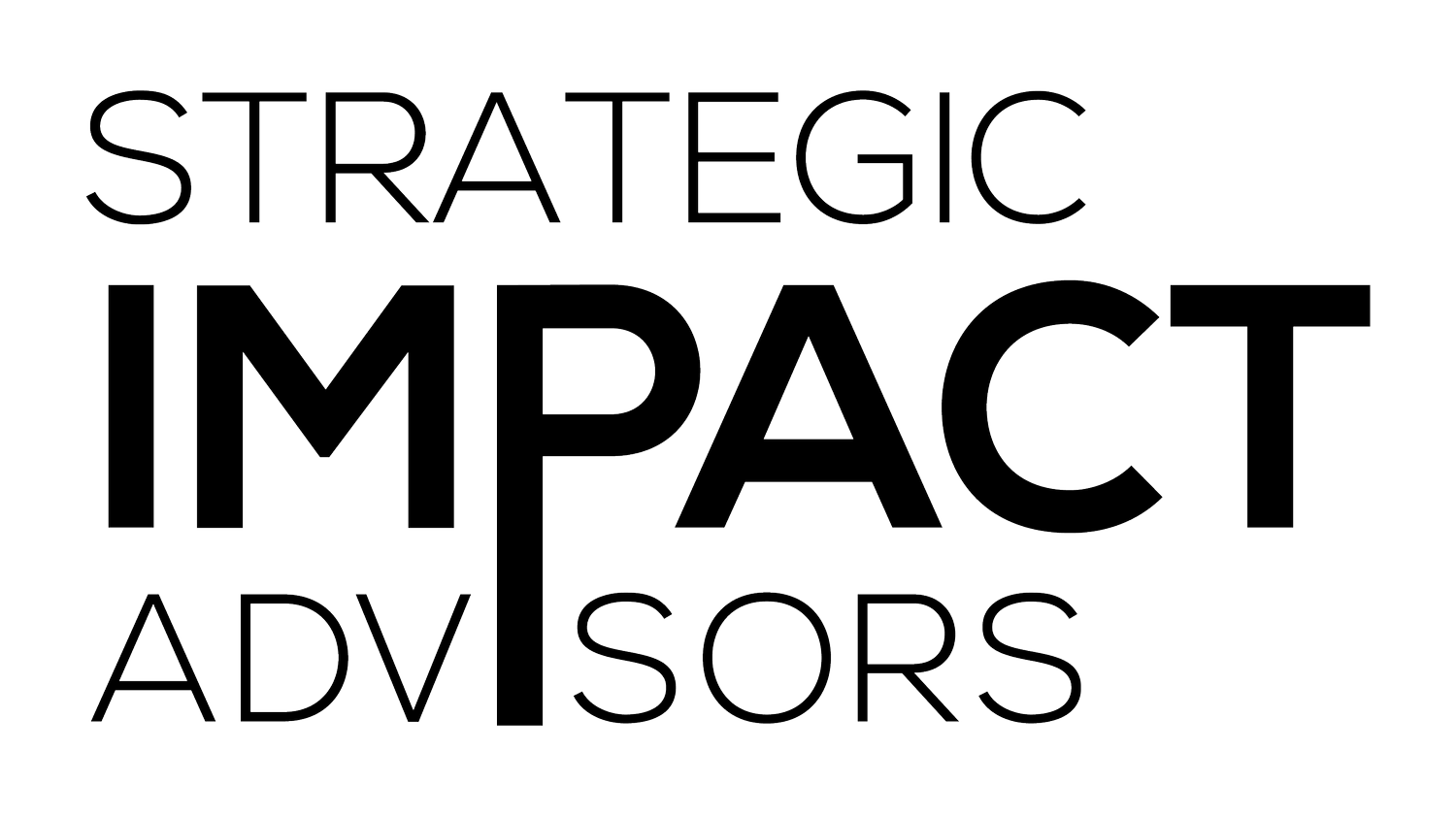‘Let’s keep the gender lens on’
We’ve turned the page on the calendar year, but the threat of COVID-19 and its financial fallout will be felt for a long time to come. We know the pandemic is disproportionately impacting women and will only widen the gender-poverty gap. The data is heartbreaking: millions of women have lost jobs and been pushed into financial hardship over the course of the past year. Now we’re at risk of losing years of progress.
At SIA, our mission is underpinned by a commitment to move people out of poverty. We’re worried about the loss of income for women, and we’re worried about their resilience in the face of such an unprecedented and complex crisis.
I’m glad to see this topic raised by many as we celebrate International Women’s Day this week. We applaud the champions who are driving the conversation to make equity a priority, putting gender at the center of response efforts. We’re following suit and doubling down on making sure we approach all of our programs through a gender lens. We’re paying particular attention to women who are business owners or who have fragile income and are especially vulnerable to economic shocks.
I recently found the COVID-19 Global Gender Response Tracker. An impressive collection of data pulled together by UNDP and UN Women, the tracker monitors government policy measures enacted in response to the COVID-19 crisis, and highlights those that integrate a gender lens. It dissects government policy to categorize whether it 1) is gender sensitive, 2) addresses violence against women, 3) has labor market measures or fiscal and economic policies to address women’s economic security, and 4) includes measures covering unpaid care. I decided to take a look across the countries where we work, and found that the countries where we have employees fared the worst, including my own. (This may very well improve with the passage of the American Rescue Plan, which will provide economic stimulus payments and increase the child tax credit, but the package does not address the issue of increasing the minimum wage.)
This is stunning data, to say the least, but it also makes me think about how these needs will last well beyond COVID-19 response and recovery. They reflect deeply rooted systemic issues of sexism that I myself have only been able to overcome with help from others.
My first job was as a waitress in my small home town in Ohio, making less than $3.00/hour and depending primarily on tips (luckily I was a pretty good waitress). In my years as a young lawyer, my mother-in-law managed the unpaid care as the primary caregiver for my children, allowing me to meet the demands of building a legal career and later go on to run companies where I was often the only woman in the room.
I know many women aren’t as lucky as I was. Serving jobs continue to be a big employer for women and still pay poorly — and the service industry was hit hard by COVID-19. Child care is expensive and hard to find, and become a crisis in and of itself — the pandemic now threatening to reverse decades of women’s economic progress. (I applaud Melinda Gates for calling for us to address this issue with public funding!)
We talk a lot about resilience in our global work, and in the U.S. making your own way is a badge of honor. I think it is time to redefine resilience as a community effort, not an individual attribute. It is not just about government policies taking a gender lens — it’s about recognizing the need to address systemic issues that perpetuate inequities. Yes, things can improve. While my daughters face some of the challenges I faced, they also expect more and demand equality. Not all women have that same voice. I raise my voice with and for them this International Women’s Day and Women’s History Month. Let’s keep the gender lens on and use it to track all we do!

